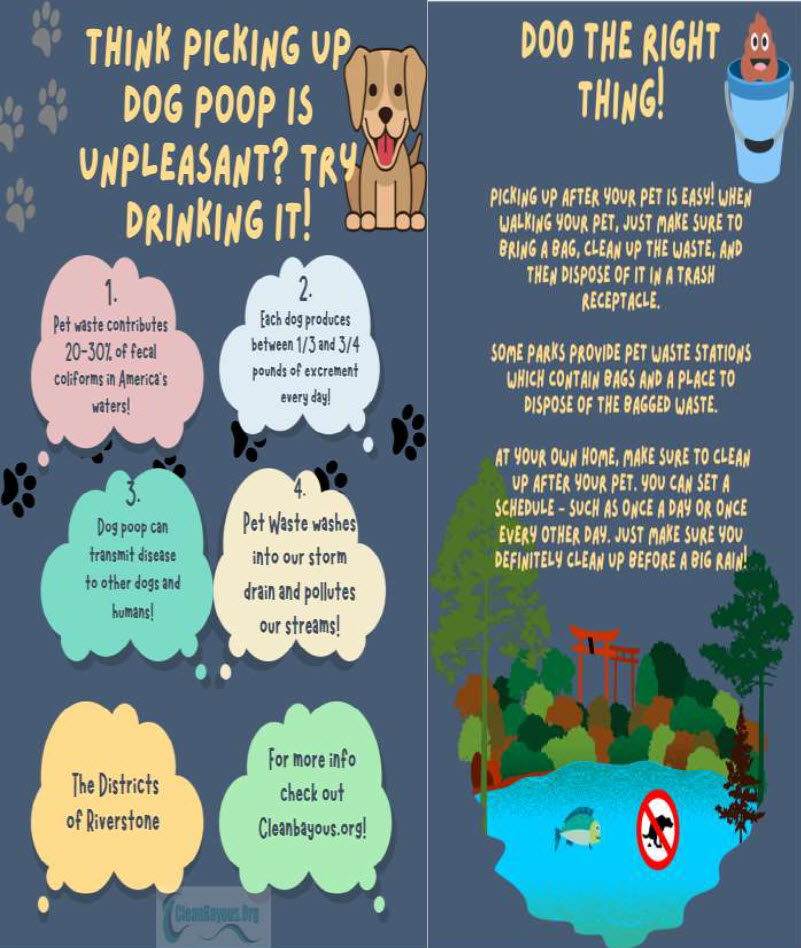Accepting Applications – Board Precinct 4 (Creekstone, North Stonebrook, and East Stonebrook)
The Board of Directors of LID 19 will consider appointment of a director to fill a vacancy on the Board. The term for this position expires May 2024.
If you are interested in being considered for the appointment and are a registered voter in Precinct 4 (a map of the District’s precincts can be found here), please forward your resume (or bio), address, and a brief statement of why you would like to serve on the Board to kelly@mullerlawgroup.com or via USPS at 202 Century Square Blvd., Sugar Land, Texas 77478 by Thursday, January 5, 2023.


